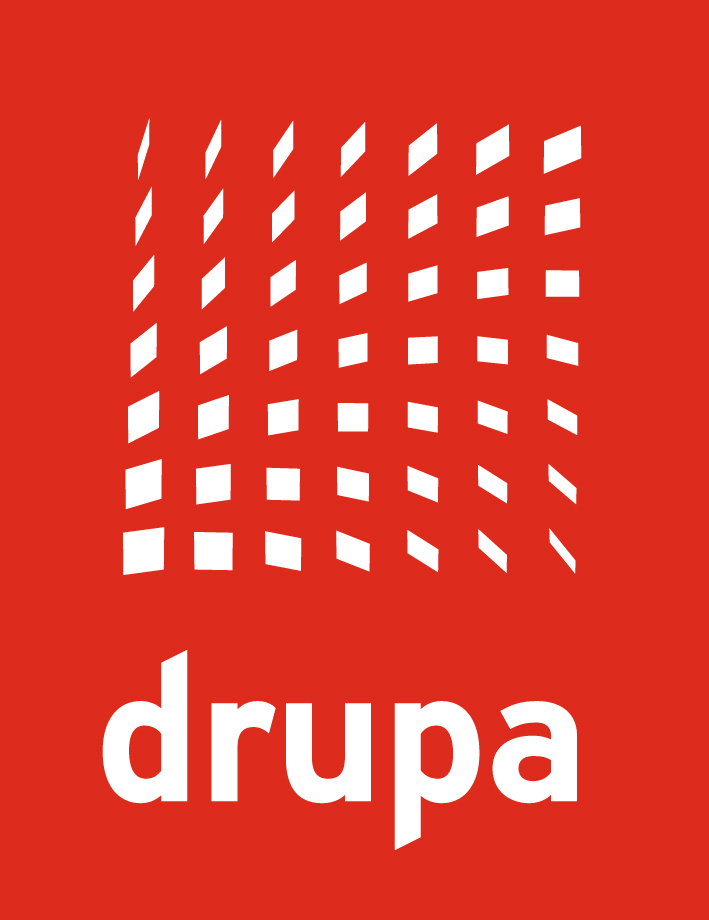Chromium trioxide in the printing industry
Time:2020-04-30 From:
According to the European Union’s (EU) REACH legislation, chromium trioxide (CrO3) is a substance of high concern and its use should have been banned by 21 September 2017. However the EU Commission has authorised its continued use because CrO3 has been shown to be indispensable for a number of industries. These include printing, aviation and cars. CrO3 is used in cylinder plating in gravure printing and an alternative to replace it for cylinder plating and other applications is still not in sight.
In Europe around 1.2 million gravure cylinders are produced annually, according to the European Rotogravure Association (ERA). And their production depends fundamentally on the use of chromium trioxide, which ensures the hardness of the printing forme. The ERA estimates that European industry uses 10,000 tonnes of CrO3 per year, and that of that the gravure industry accounts for a mere 170 tonnes. This amounts to less than two per cent of the total but even though this is not a large quantity, banning it poses as existential threat to gravure printers.
The ERA and other members of the Chromium Trioxide Authorization Consortium (CTACSub) have been trying to get round the ban. Members of CTACSub include some powerful self-interests such as Boeing Distribution Inc and Aktyubinsk Chromium Chemicals Plant, Kazakhstan, but the group represents downstream users, such as gravure printers, as well. CTACSub managed to get authorisation last year for CrO3’s use after the European Chemical Agency recommended for it approval, a decision that would apply until September 2024. However approval was then withdrawn following a vote in the EU Parliament to reject it, so now there is little clarity either in when the EU Commission will review the decision, or when CTACSub will submit a new draft for CrO3’s use.
Even though the permission failed to pass its EU parliamentary vote, the Commission supports the CTACSub request. It has recommended that permission to use CrO3 should be granted, but this requires another approval process and the clock is ticking.
It has been nearly ten years since the authorization process began for CrO3 and there has yet to be a final decision on whether or not CrO3 can continue to be used in gravure printing. The ERA is confident that “a negative decision seems to be unlikely as this would have fatal consequences for many industries”.
In the meantime, CrO3 is a known health hazard associated with risk of developing lung cancer, which may be having fatal consequences for people. It can cause ulcerations in the lungs, throat and nose and can also affect internal organs, so any decisions about it use must be comprehensive and robust. Until a final decision is made to allow the use of CrO3 beyond September 2024, the gravure sector remains under a dark cloud. And chemists are working hard to come up with alternatives to CrO3.

